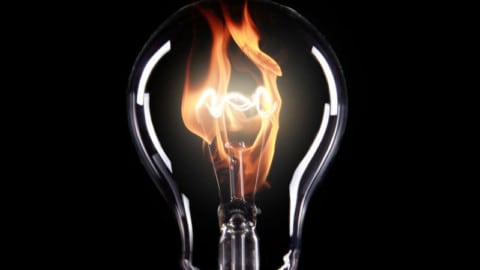The Tasmanian Government has released the draft Tasmanian Renewable Hydrogen Action Plan, outlining how it intends to benefit from the emerging global hydrogen industry and become a world leader in large-scale renewable hydrogen production by 2030.
With future wind farm and pumped hydro developments, alongside the Battery of the Nation and Marinus second interconnector projects, Tasmania is well placed to be a major producer of renewable hydrogen.
Australia’s hydrogen export market is estimated to rise to between $2.6 billion and $13.4 billion by 2040, and new analysis contained in Hydro Tasmania’s whitepaper Tasmania’s ‘green hydrogen’ opportunity – what makes Tasmania a unique, green hydrogen zone? shows the state has strong competitive advantages to meet domestic and global demand and become Australia’s first green hydrogen production zone.
Hydro Tasmania’s CEO, Steve Davy, said a large-scale, cost-competitive green hydrogen production industry could be developed in the state over the coming decade.
“Our analysis indicates that green hydrogen can be produced in Tasmania for approximately 10 to 15 per cent less than other Australian power grids needing to offset emissions and 20 to 30 per cent less than from dedicated off-grid renewables, due to the high plant utilisation that can be supported by Tasmania’s hydropower,’ Mr Davy said.
“Other advantages include reliability of supply due to the state’s high level of energy security and stability, self-sufficiency in renewable energy by 2022, strong transport infrastructure options and more options for supply through development of further interconnection and the Battery of the Nation initiative.
“As countries like Japan and South Korea look to green hydrogen as a way to meet emissions reduction targets, hydrogen production has the potential to further support large-scale investment in new renewables, as well as direct employment.
“It also opens the door to the creation of industries around related technology and the development of local expertise, bringing substantial benefits for the Tasmanian economy.
“As Australia’s largest generator of clean renewable energy, Hydro Tasmania stands ready to support the development of a green hydrogen industry in the state.”
Chief Executive Officer of Energy Networks Australia, Andrew Dillon, said hydrogen would play an important role in the sustainable energy future.
“Hydrogen can be produced from excess renewable power, providing clean energy that can be stored for when the sun doesn’t shine and the wind isn’t blowing,” Mr Dillon said.
“As the energy sector continues to decarbonise and intermittent renewable generation increases, this storage capacity means hydrogen can play an important role in stabilising our energy system.
“Hydrogen technology is already being embraced around the world for domestic and commercial use in gas networks and to fuel passenger and freight trains.”
Mr Dillon said trials of hydrogen production, hydrogen blending into existing networks or exports were underway in every Australian state, with Tasmania’s strategy the latest addition.
“Energy networks are using renewable gases such as hydrogen made from solar and wind power to decarbonise our gas networks,” Mr Dillon said.
A recent update to Gas Vision 2050, released by Energy Networks Australia and the Australian Pipelines and Gas Association, showed that more than $180 million of funding had been committed nationally for hydrogen infrastructure projects.
Energy Networks Australia has previously released research confirming that the injection of hydrogen into Australian gas distribution networks can be done under current gas legislation.
Comments on the draft Tasmanian Renewable Hydrogen Action Plan close on 10 January 2020, with the final plan expected to be released in early 2020. The draft action plan is available from the Department of State Growth at https://www.stategrowth.tas.gov.au/energy_and_resources/energy/hydrogen.













